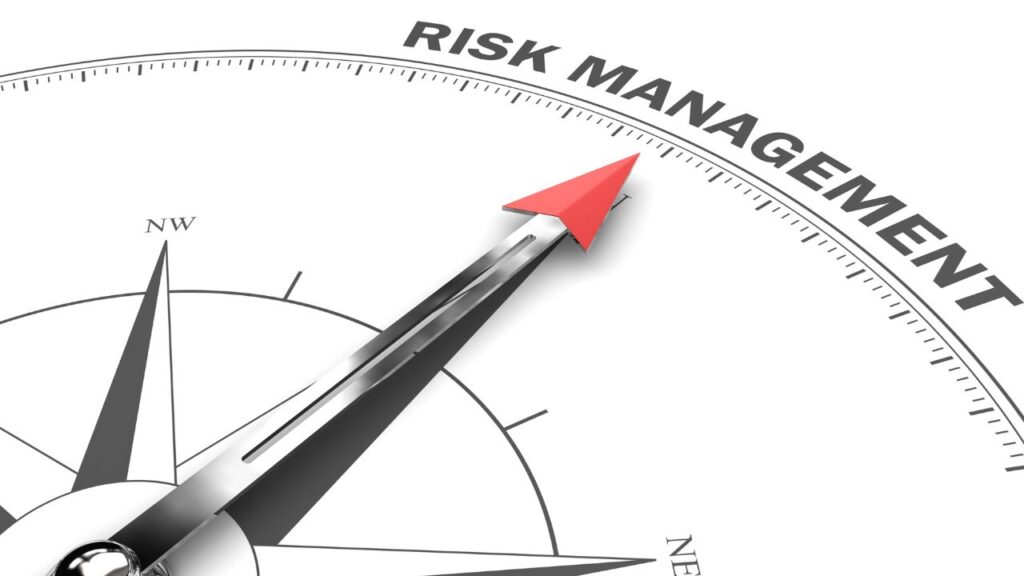
Running a business comes with inherent risks and liabilities, which can significantly impact your success if not managed properly. Identifying potential risks and taking proactive steps to mitigate them is essential for safeguarding your business. In this post, we’ll discuss strategies to help you protect your business from potential risks and liabilities.
Conduct a Risk Assessment
Begin by identifying potential risks and liabilities that could impact your business. Consider factors such as market conditions, competitors, financial stability, legal compliance, and technology vulnerabilities. Perform a comprehensive risk assessment to determine the likelihood and potential impact of these risks and prioritize your efforts accordingly.
Establish Strong Legal and Regulatory Compliance
Ensure your business complies with all applicable laws, regulations, and industry standards. This includes tax obligations, employment laws, health and safety requirements, and privacy regulations. Consult with legal and regulatory experts to ensure you fully understand your obligations and establish systems and processes to maintain compliance.
Obtain Adequate Insurance Coverage
Insurance is a crucial component of risk management, as it provides financial protection in the event of unexpected losses. Evaluate your business’s potential risks and acquire appropriate insurance coverage to protect against these liabilities. This may include general liability, professional liability, property, workers’ compensation, and cyber insurance policies.
Implement Strong Financial Controls
Establish robust financial controls and processes to minimize financial risks, such as fraud, embezzlement, or mismanagement. This includes segregating duties, implementing approval processes, conducting regular audits, and monitoring financial performance. Maintaining strong financial controls will also improve the overall financial health of your business.
Develop a Business Continuity Plan
Create a comprehensive business continuity plan to ensure your business can continue operating during disruptions or crises. This should include strategies for dealing with natural disasters, cyberattacks, supply chain disruptions, or key personnel changes. Regularly review and update your plan to ensure it remains relevant and effective.
Protect Your Intellectual Property
Safeguard your business’s intellectual property (IP), such as trademarks, patents, copyrights, and trade secrets, to maintain your competitive advantage and prevent unauthorized use. Consult with IP experts to identify your valuable assets and take appropriate steps to protect them, such as registering trademarks, filing patents, or implementing non-disclosure agreements.
Implement Robust Cybersecurity Measures
Cyber risks are a growing concern for businesses, and a cyber attack can result in significant financial and reputational damage. Develop a comprehensive cybersecurity strategy, including firewalls, antivirus software, encryption, and secure password practices. Train your employees on cybersecurity best practices and establish a response plan for potential cyber incidents.
Foster a Culture of Risk Management
Encourage a culture of risk management within your organization, where employees are aware of potential risks and their role in mitigating them. Provide training and resources to help employees identify and address risks in their daily work, and establish open communication channels for reporting concerns or incidents.
Regularly Review and Update Your Risk Management Strategies
Risk management is an ongoing process that requires continuous monitoring, evaluation, and improvement. Regularly review your risk management strategies and make adjustments based on new information, changing circumstances, or lessons learned from past incidents. This proactive approach will help you stay ahead of potential risks and protect your business.
Protecting your business from potential risks and liabilities is a critical aspect of successful management. By following these strategies, you can minimize your exposure to potential threats and ensure your business remains resilient and well-positioned for growth. Remember that risk management is an ongoing process that requires vigilance and adaptability, so stay proactive and committed to safeguarding your business.
